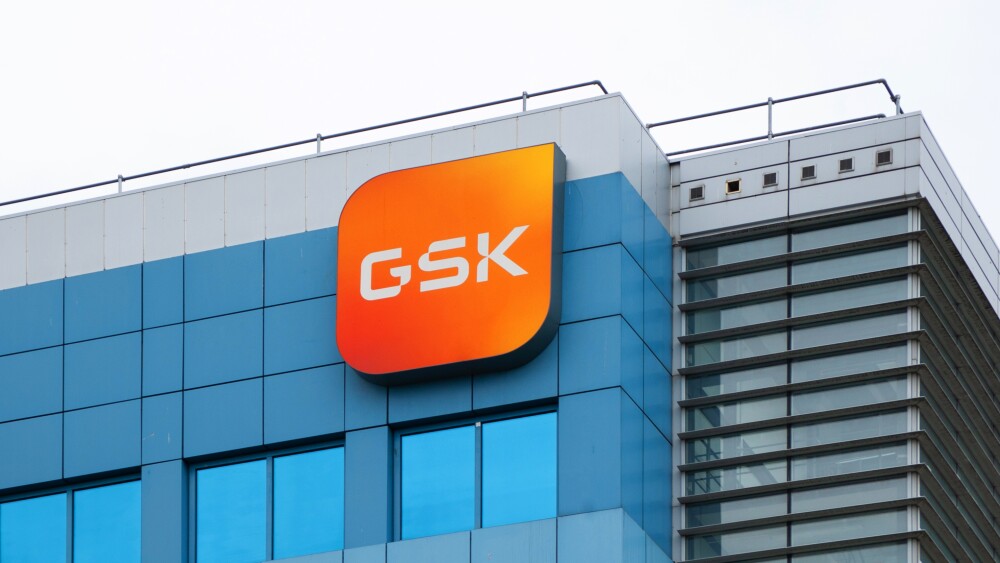The rolling NDA was somewhat expected after an end-of-phase meeting with the FDA earlier this year turned into a pre-NDA meeting with the regulatory agency.
Foster City, Calif.-based Mirum Pharmaceuticals initiated a rolling New Drug Application to the U.S. Food and Drug Administration for its lead asset, maralixibat, an investigational treatment being evaluated for pediatric patients with Alagille syndrome (ALGS).
The rolling NDA was somewhat expected after an end-of-phase meeting with the FDA earlier this year turned into a pre-NDA meeting with the regulatory agency. Following that meeting, Ian Clements, chief financial officer at Mirum, told BioSpace in an interview that the company would initiate that rolling NDA in the third quarter of 2020. It is expected the submission will be completed in the first quarter of 2021 following the completion of chemistry manufacturing and control testing, which are standard processes along the NDA submission route.
Data from the maralixibat Phase II ICONIC study evaluating patients with ALGS serves as the basis of efficacy for the submission. Mirum gained maralixibat, an oral inhibitor of the apical sodium-dependent bile acid transporter (ASBT) from Shire (now Takeda). Maralixibat is being developed for Alagille syndrome and progressive familial intrahepatic cholestasis (PFIC), both debilitating cholestatic liver diseases that tend to strike pediatric patients.
Chris Peetz, president and chief executive officer of Mirum, said the the rolling NDA takes the company one step closer to providing a medication for ALGS patients.
“We believe the results of our clinical program demonstrate the potential of maralixibat to transform the treatment of this life-threatening disease.
There are currently no approved therapies for ALGS. When Clements spoke to BioSpace earlier this year, he said maralixibat could become an “impactful treatment” for the disease because of its effect on the pruritus, or itch, associated with this and other cholestatic liver diseases, which he said is debilitating. Pruritus can lead to significant wounding as patients claw at their skin trying to get to the source of the deep-rooted itch. ALGS can lead some patients to seek a liver transplant. Mirum’s goal is to not only reduce the pruritus associated with ALGS, but to offset the need for a liver transplant.
Maralixibat was granted Breakthrough Therapy Designation for the treatment of pruritus associated with ALGS in patients one year of age and older. It was also granted Orphan Drug Designation by the FDA for the treatment of patients with PFIC and ALGS in the United States. Additionally, maralixibat was granted Rare Pediatric Disease Designation for ALGS and may qualify for receipt of a priority review voucher if the NDA is approved by the FDA.
As Mirum begins its rolling NDA, the company also launched its Expanded Access Program (EAP) for maralixibat for the treatment of cholestatic pruritus in patients with ALGS who are at least one year of age. Through this program, which is sometimes referred to as compassionate use, physicians can request access to maralixibat for eligible patients who are not part of an ongoing clinical trial. The goal of Mirum’s EAP is to provide access to maralixibat for the treatment of cholestatic pruritus in eligible patients with ALGS prior to FDA approval of the medication and until maralixibat is available by prescription.
In addition to seeking regulatory approval in the United States, Peetz said the company plans to file a Marketing Authorization Application with the European Medicines Agency later this year.
In addition to its ALGS program moving forward, Mirum presented transplant-free survival data at the European Association for the Study of Liver meeting for its PFIC study. The data showed that all patients who achieved serum bile acid (sBA) control had transplant-free survival after more than five-years on maralixibat. The analysis also showed that responders experienced improvements across numerous other parameters including normalization and reductions of liver enzymes, reduced pruritus and improved growth – factors that significantly reduce the life expectancy of these children. Based on these data, the company is planning to submit a marketing authorization application to the European Medicines Agency by the end of 2020.





